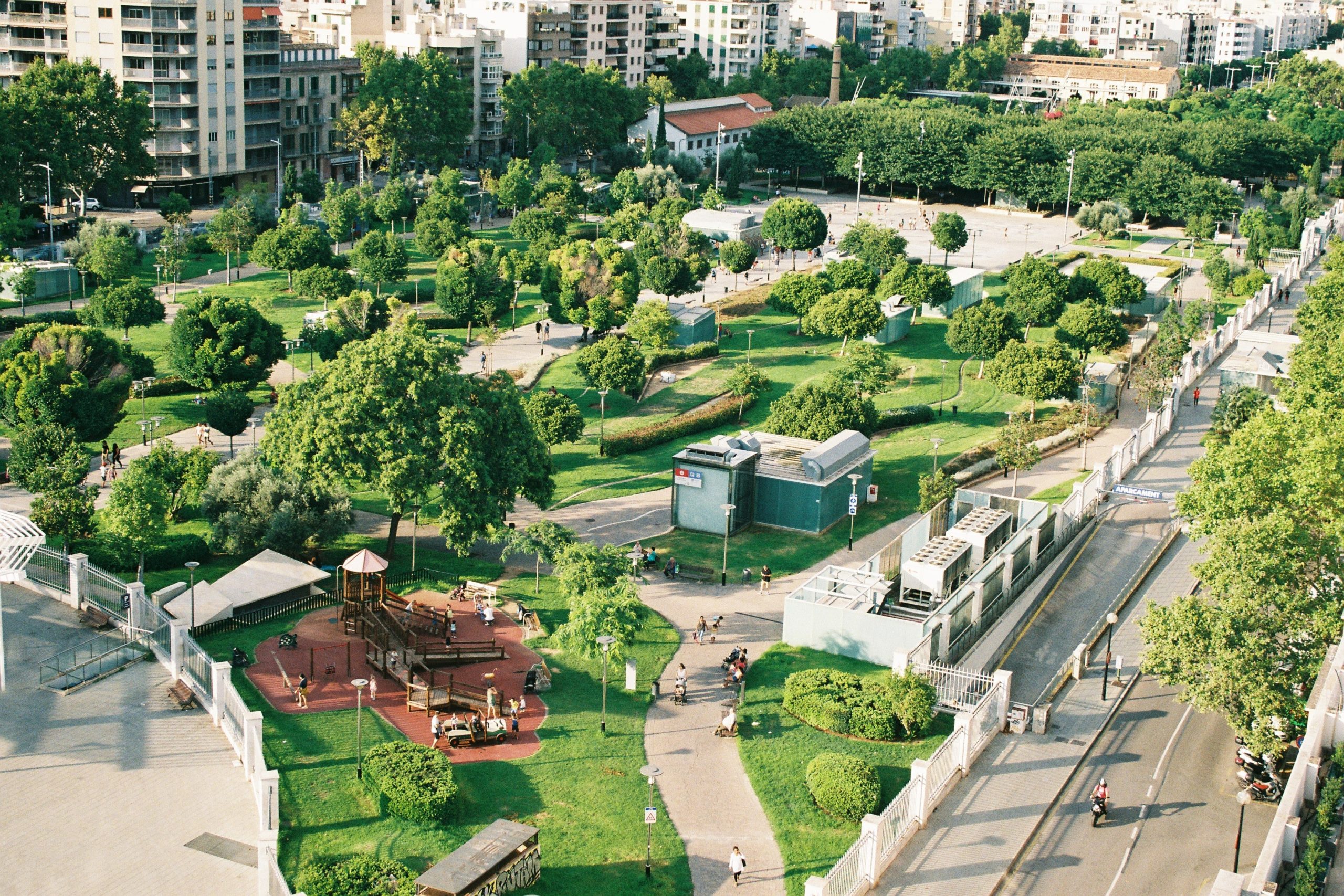Entering the post-pandemic era, our team is asking: Where is the property industry now – and what trends are shaping tomorrow?
To explore the biggest trends impacting property, we chatted to Millar Merrigan’s Head of Advisory & Development, Scott McJannet, and Landscape & Environment Manager, Jennifer Stone. In our discussion, they share how the property industry is responding to a growing focus on ‘lifestyle’ in a climate-aware market.
The regional trend is here to stay
For many, the pandemic prompted deep change and contemplation – spurring individuals to reflect on the foundational choices that shape their lives. From this, we saw the property industry shift too, with a new-found lifestyle focus emerging in home buying behaviour.
Research from NAB affirmed this trend, with local shopping, restaurants, amenities, and property size now guiding purchasing decisions for around 50% of Australian home buyers. Additionally, nearly 20% of Australians identify the value of a home office or of living in a regional area.
Scott McJannet attributes this property trend to the standardisation of remote working and lockdown-induced reflection. In our conversation, Scott highlights how the blending of work and home life has reorganised home-buying priorities – driving fundamental changes in how Australians purchase a home.
“The way we work has forever changed, and buyers understand what they need in their lives to work at home,” says Scott.
“Whether that’s in Melbourne or in regional areas, buyers are prioritising housing that facilitates a more comfortable, convenient and relaxed lifestyle. This encompasses housing that offers a better work-life balance, connection to public open space, larger backyards, as well as greater accessibility to cafes, shops, schools and public transport.”
The regional boom initiated by ongoing lockdowns was a fundamental and dramatic part of this lifestyle trend, Scott explains.
“We’re expecting this regional trend to continue, given the affordability and additional lifestyle choices that the post-pandemic world is now accustomed to.”
To accommodate this steady demand, Millar Merrigan is continuing to embrace regional markets, in residential and commercial developments of various densities.
A growing value for green spaces
Like the property sector, the pandemic drove shifts in landscape architecture including a pronounced prioritisation of community and green spaces.
Research from Greener Spaces Better Places found that 87% of Australian urban councils had recognised a positive shift in community attitudes towards green spaces. Similarly, a NSW Government survey revealed that during the COVID-19 period, 73% of Australians were appreciating local parks more.
Jennifer Stone explains:
“People now have a growing value for open, natural spaces in urbanised environments. While this was starting to trend pre-pandemic – with the impacts of nature-deficit disorder, heat island effects, and biodiversity decline entering the public dialogue – the pandemic accelerated an appetite for nature in urban milieus.”
Lockdowns inspired trends of co-location and activating open spaces, which continues post-pandemic.
“During 2020-2021, open spaces became highly activated hubs at a level not seen before, and their ability to co-share a range of varied and vital opportunities was made far more obvious. Even underutilised spaces like street verges and small pocket parks saw heightened use and value,” describes Jennifer.
While the increased use and value of public spaces unsurprisingly rose during lockdown periods, the NSW Government survey on public spaces found that even when restrictions eased, NSW residents were using and appreciating public spaces more than ever – highlighting the enduring nature of this trend.
“We also saw public spaces like sports precincts evolve from a site of dedicated use to one of shared, diverse use,” says Jennifer.
“It’s this emphasis on community, initiated by the pandemic, that is driving developments in landscape architecture today. And I think that’s a powerful and positive legacy to take away from the COVID-19 period.”
Now to the future: What can we expect?
Like most other industries, the escalating climate crisis will shape the future of development. Greener materials, construction methods and energies will need to be embraced to respond to these urgent needs.
“I think sustainability measures, in particular renewable energies, will play an increasing role in developer offerings on larger estates,” says Scott.
“Already, we are seeing significant swell in this area, as energy prices soar. Yet as we creep closer to government carbon and energy target deadlines, expect to see additional incentives in these areas.”
The renewable energy sector is set to accelerate in the next 10 to 20 years, with the Australian National Electricity Market recognising that renewable energy could meet almost 90% of the network demand by 2035.
“Pair this with greater expectations for accountability, transparency and urgency around climate action from developers, and watch how the sector shifts,” says Scott.
For landscape architecture, population growth and a greater desire for open, urban spaces will define how this field evolves. With cities experiencing elevated environmental stress due to larger city populations and the subsequent demise of urban green spaces, landscape architects will be crucial in designing environments that optimise human wellbeing.
As Jennifer explains, “Landscape architecture will play an increasingly integral role in balancing the development of healthy communities with the needs of the environment. This will be exacerbated by population growth and an increased demand for open urban spaces.”
Like the property sector, these inevitable environmental pressures will push the landscape architecture industry to think differently – to devise innovative solutions that marry design sensibility with wellbeing and sustainability.
If you would like to learn more about the present and future of property, get in touch with our experts today.




